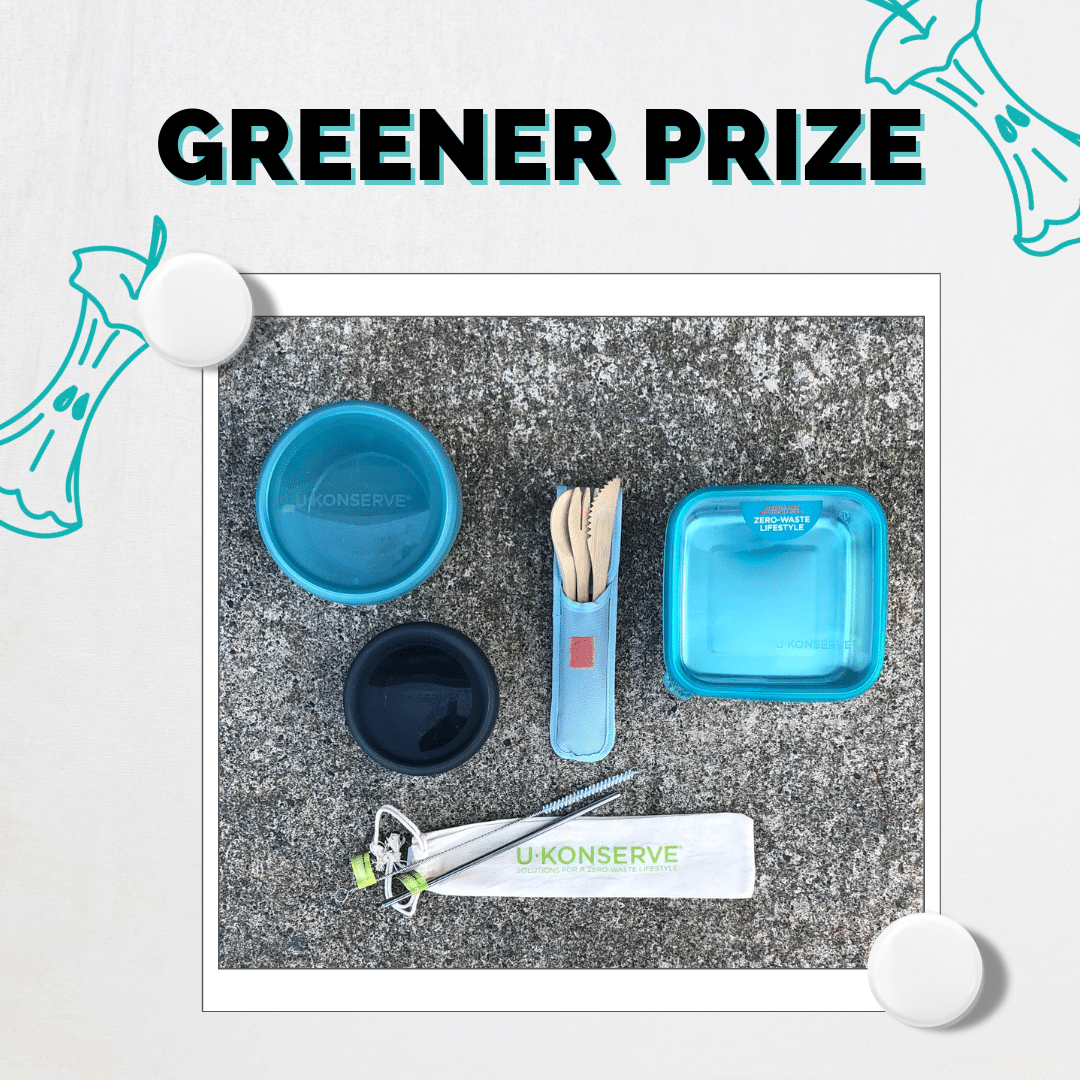
Do you know how much food is wasted in the United States and worldwide?
Humans are great at consuming food, but we’re even better at wasting it. Globally, we throw away 2.5 billion tons of food every year, despite the fact that at least 1 billion people around the world experience food insecurity. Food intersects with environmental issues and social injustices, and hunger transcends borders, backgrounds, and identities.
Food waste has massive environmental consequences. In the United States alone, 40% of food goes to waste. So, how can we shift our culture to prioritize waste reduction without sacrificing our love of food? Who better to ask than our food providers and innovators than our local chefs and organic farmers?
Dan Barber, award-winning New York chef, author, and changemaker with food as his tool, has some suggestions. “The first step to shifting food culture is to get people cooking more. When you’re the one at the stove, you understand what you’re eating.” Every ingredient on a plate must have a purpose and meaning. And all of it loops back to farmers, lands, and whole ecosystems. Jereth Mills, a London head chef, reduces his restaurant’s waste by using vegetable peels for innovative dishes like soups made from leeks and potatoes. Check out these ideas and recipes from the BBC Good Food team to use your food scraps instead of creating more waste.

Ensuring that you are utilizing all of your food is also pivotal for reducing food waste. We’ve all experienced the rotting broccoli at the back of the fridge that we were supposed to eat, but now it’s way too late. A good way to prevent this is to prep and store your perishables so that you can see them in your fridge. By eliminating the “out of sight out of mind” phenomenon, we can reduce food waste and save grocery money at the same time! To learn more about organizing your fridge, check out this resource.
“Cutting food waste is a delicious way of saving money, helping to feed the world and protect the planet.”
– Tristram Stuart, English author and environmental campaigner
Farmers also have great advice for shifting food culture. Bev Flatt of the U.S. Farmers and Ranchers in Action says that while “most retailers, restaurants, and consumers prefer foods that are completely unblemished,” Flatt encourages grocery stores to sell products that may have been bruised, sliced, or slightly damaged during handling since these “ugly” fruits and vegetables are just as safe and nutritious as all others.
Over one-third of all food worldwide goes to waste. Food waste occurs at each step of the supply chain. Inefficient production practices, poor systems for storing and transporting food, mismanaged packaging facilities, cumbersome retail standards, and wasteful household habits all contribute. This occurs while millions of people are faced with hunger and food insecurity, on the rise in 2023, as food retailers in many countries face shortages of common food supplies as a result of the war in Ukraine, drought, flooding, and post-pandemic upheaval.
It’s not just people who lose when food is wasted. Food waste also has a negative environmental impact in landfills, where it emits large amounts of methane gas as it breaks down. Methane has more than 80 times the warming power of carbon dioxide over twenty years. Organic food waste in landfills does nothing but release methane, while organic food waste that’s composted can turn into the healthy soil we need to feed the global population and the next generations! Wasting food wastes everything that went into making it, from the hours of labor to the raw materials to production resources and on and on.
There is good news in the movement to combat food waste! In addition to policies working to close the gap between food waste and food access, companies are fighting food waste by “upcycling” food that would normally be wasted. Companies like Misfits Market and Imperfect Foods sell blemished foods at a lower price to redirect and reduce what ends up in landfills. In the United States, over 6 billion pounds of produce is thrown out each year because it fails to fit the size, color, or shape that is viewed as ‘acceptable’ for sale. Many college campuses host chapters of the Food Recovery Network, a nonprofit focused on putting wasted food into the hands of those who need it, particularly food-insecure students.
One of our incredible nonprofit friends, the World Wildlife Foundation (WWF) has an inspiring program dedicated to eradicating food waste. The Food Waste Warriors program from WWF provides high school students with grants, stipends, toolkits and lesson plans in an effort to aid in the implementation of food waste management at your school! All high school students in the United States are eligible to participate in the Food Waste Warriors program and we highly encourage you to do so.
At Turning Green, we are proud to partner with organizations and companies leading the charge to reduce food waste. U-Konserve offers solutions to properly store food, as to avoid food waste in your day-to-day life, as well as many tasty recipes to try. FoodPrint is a nonprofit partner that educates about the benefits of sustainable food production and helps us opt for food choices that do less harm to the environment, animals, and people. Food Tank is another partner that raises consumer and institutional awareness to inform and propose actionable steps to reduce food waste and heal our broken food system.
A good place to start reducing food waste is through your own diet and purchasing habits. How often do you throw away food that you don’t finish? What goes bad in your fridge before you eat it? Check out these resources from the United States Department of Agriculture (USDA) on how you can reduce food waste. Buy only what you need. Save leftovers. When you do have excess or spoiled food, try composting instead of sending organic material to landfills. Studies show that composting directly leads to carbon sequestration in the soil, which helps combat the effects of climate change. Check out this resource to start composting at home. Together, we can challenge injustices in our food system and work for larger, lasting systemic change.
Food waste is a complex problem, and the process of getting food from farm to table is more complicated than one may think. Each step comes at a significant cost to farmers, consumers, resources, and the Earth. However, even small individual actions can propel massive positive impacts.
Conduct a food waste audit in your household. Create a food journal for the day. Write down any food items you put in the trash or compost if you have one. Estimate the amount of food that gets tossed. At the end of the day, reflect on the following:
Post a picture of your audit sheet with a clear, concise statement about what YOU will do to combat food waste on Instagram, tagging @TurningGreenOrg, @FoodprintOrg and @FoodTank with #PGC2023.
Upload your results and responses in a PDF document including a screenshot of your social post. Include your name (or team name), username, and school on your upload.
Submission Guidelines
A great way to learn about and showcase the healthy attributes of produce is a Conscious Kitchen project we call “Produce Pals.”
Meet Maya & Mateo, two of our favorite Produce Pals who proudly adorn the walls of our Conscious Kitchen dining halls.
We invite you to curate your own Produce Pal that shares a story and call to action!
Upload your responses in a PDF document including an image of your Produce Pal and a screenshot of your social post. Include your name (or team name), username, and school on your upload to be eligible to win.
Submission Guidelines
Food justice, food insecurity and food waste are all major issues on college campuses. We can help address these challenges by ensuring that food nourishes the minds and bodies of the students who need it most, rather than filling already overflowing landfills.
Start by reading this article that investigates food insecurity on campuses and check out this interactive map Answer the following:
Now it is time to get creative! Create an infographic that outlines the problem of food insecurity on campus with tips and action steps to address this global issue. Make a clear, educational, eye-catching visual that everyone will want to read and share.
Post your infographic on Instagram with one food security-related call to action in your caption encouraging other students to join you in tackling that and other food waste issues. Tag @TurningGreenOrg, @FoodprintOrg, @FoodTank, other organizations you find doing this work, and #PGC2023.
Upload your responses in a PDF document including a screenshot of your social post. Include your name (or team name), username, and school on your upload to be eligible to win.
Submission Guidelines
Up to 10 Greener and 10 Greenest outstanding submissions will be selected as winners.

Each Greener Winner will receive:

Each Greenest Winner will receive: